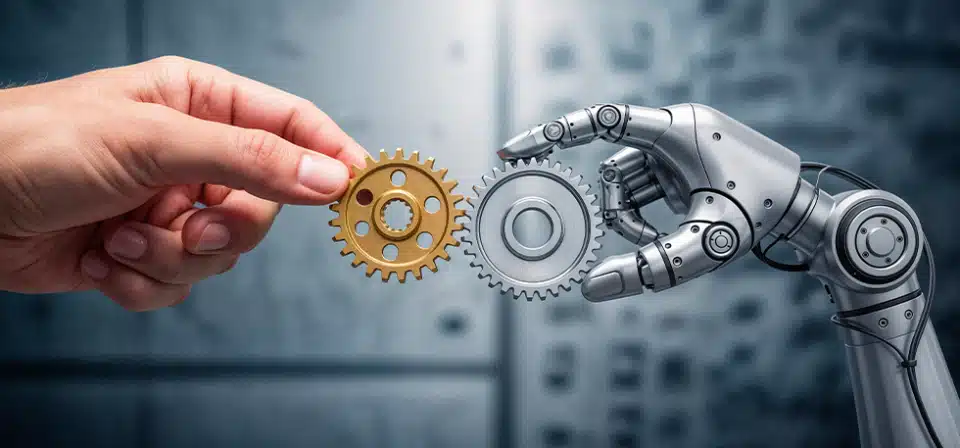Those who’ve already made some headway on their digital journey are finding it easier to stay agile. Others are realizing they can’t afford to wait any longer. That’s where understanding current industrial automation trends becomes essential—not for chasing the next big thing, but to make deliberate choices that support long-term efficiency, resilience, and competitiveness.
Let’s walk through some of the most relevant industrial automation trends shaping 2025.
1. Industrial IoT Is Becoming Foundational
2. More Manufacturers Are Embracing Scalable Automation
3. Autonomous Mobile Robots in More Places
4. Real-time Decision-Making Is Moving to the Edge
5. Standardized Connectivity Is Becoming a Priority
6. AI Is Being Replaced by Practical Analytics
7. Remote Monitoring Isn’t a Stopgap Anymore
8. 3D Printing Is Breaking Its Niche Mold
9. Training Through Simulation Is Gaining Ground
10. Cloud-native Systems Are Driving Smarter Factories
What These Industrial Automation Trends Really Mean for Manufacturers
The temptation to treat these trends as a checklist often leads to fragmented investments that never quite deliver full return on investment, especially if foundational gaps such as inconsistent data, missing documentation, or a workforce that is not prepared to use or maintain the new systems are not addressed at the same time.
For manufacturers working with aging equipment or legacy automation, the smartest move may not be to start with artificial intelligence or digital models, but to first re-evaluate basic instrumentation, data collection practices, or communication infrastructure, and then gradually build toward more advanced layers of automation.
On the other hand, if you are already operating in a relatively digitized setup but struggling with integration overhead and tool sprawl, you might get better results by focusing on standardization efforts such as common protocols and unified architectures rather than introducing yet another layer of analytics that cannot see the full picture.
Many of these industrial automation trends are interrelated. If you’re integrating industrial IoT devices, chances are you’re also starting to see the need for more unified data structures and a more distributed control architecture. Likewise, if you’re dabbling with remote operations, you’ll soon face the need for stronger cybersecurity practices and more contextual alarm management. These shifts don’t operate in isolation. They influence each other in ways that aren’t always visible at the surface level.
So the best approach is not to chase trends, but to trace back from the friction points in your own operations. Where are decisions still slow or manual? Where do teams work around systems instead of with them? That’s where automation efforts need to be focused first. Whether it’s adopting cloud-native tools or phasing out legacy PLCs, the intent should be to reduce complexity, not add to it.
If you’re serious about building industrial automation systems that are resilient, precise, and built for the long run, Utthunga can help you design, implement, and fine-tune strategies with the clarity and technical depth needed to fit your operations and move your business forward with confidence.

